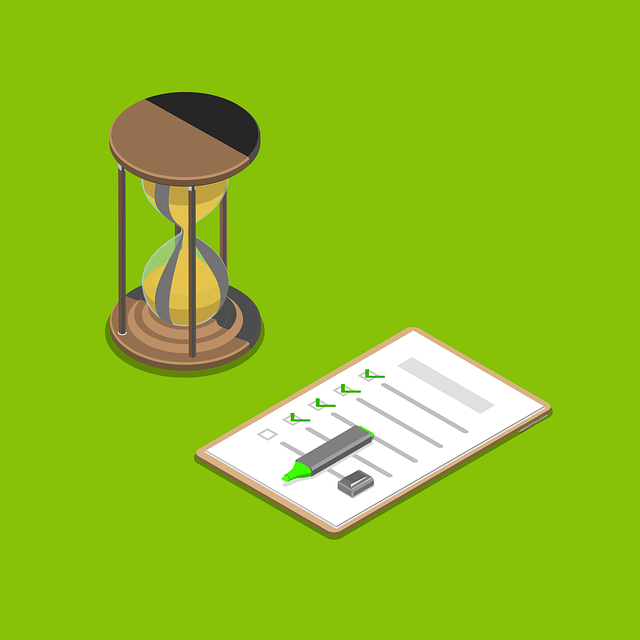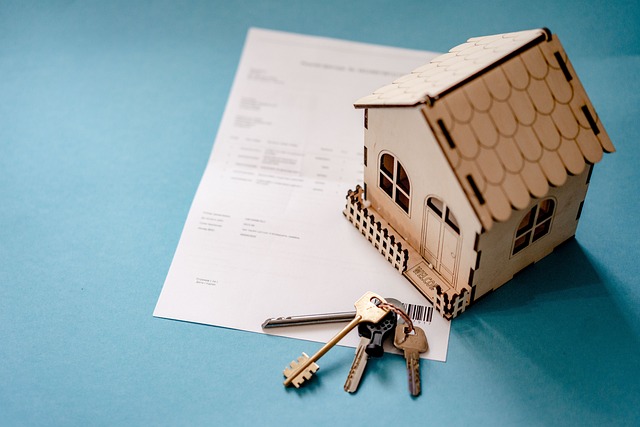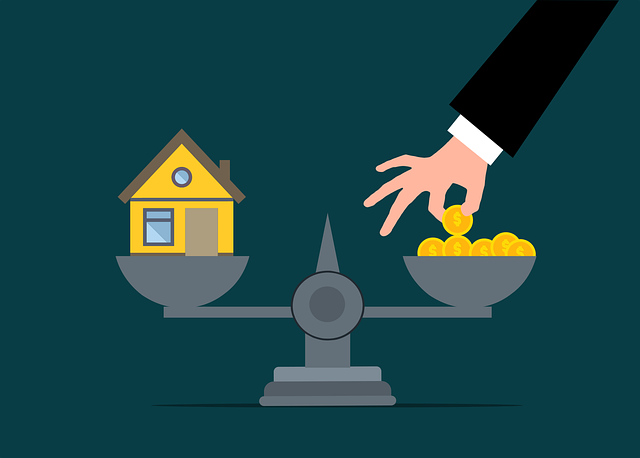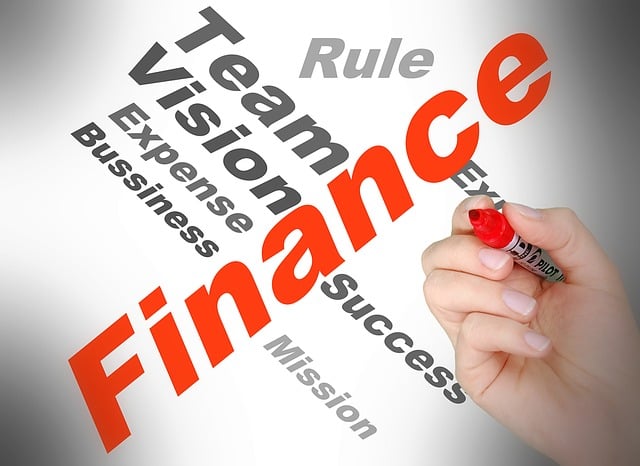Bad credit often leads to multiple debts, making management stressful. Debt consolidation combines these debts into one loan with a single payment, simplifying obligations and potentially lowering monthly payments. Despite challenges like higher interest rates and less favorable terms due to bad credit, consolidation can help individuals regain control and build a stronger credit profile over time. Consolidate Debt Into One Loan is a key strategy for navigating this process effectively, offering simplified repayment, lower interest charges, and enhanced financial visibility. The best option depends on individual financial situations: secured loans for significant assets, unsecured loans or balance transfer cards for less substantial asset holders. Effective management involves creating a strict budget, tracking income, cutting discretionary spending, and directing savings towards loan payments to achieve financial health.
Struggling with bad credit and multiple debts? Consolidating your debt into one loan could be a game-changer. This article guides you through understanding bad credit, exploring the advantages of debt consolidation, and discovering various loan types available. Learn the successful steps to consolidate debt and master effective management techniques for long-term financial health. Discover how consolidating debt into one loan can simplify payments and potentially reduce interest rates.
- Understanding Bad Credit and Debt Consolidation
- Advantages of Consolidating Debt into One Loan
- Types of Loans for Debt Consolidation
- Steps to Consolidate Debt Successfully
- Managing Your Consolidated Loan Effectively
Understanding Bad Credit and Debt Consolidation

Bad credit can be a burden, often leading to multiple debts scattered across various lenders. This situation can make managing finances challenging and stressful. Debt consolidation offers a potential solution by providing a way to combine these debts into one loan with a single payment. By consolidating debt into one loan, individuals can simplify their financial obligations and potentially reduce monthly payments.
Understanding bad credit is essential before exploring consolidation options. Bad credit typically refers to a low credit score, often caused by missed payments, high debt levels, or limited credit history. Lenders view bad credit as a higher risk, which can result in higher interest rates and less favorable loan terms. Despite these challenges, debt consolidation can help individuals regain control of their finances and work towards building a stronger credit profile over time.
Advantages of Consolidating Debt into One Loan

Debt consolidation offers a strategic approach to managing multiple loans by combining them into a single, more manageable one. This method simplifies repayment processes, making it easier for borrowers to stick to a consistent repayment schedule. Instead of dealing with various lenders and varying interest rates, consolidating debt allows individuals to have a single loan with potentially lower overall interest charges.
Consolidating debt into one loan can also enhance financial visibility by providing a clear overview of the outstanding balance. This simplicity encourages responsible borrowing habits, as borrowers are better equipped to plan and budget for their repayment obligations. Additionally, it streamlines the billing process, reducing administrative burdens and potential late fees associated with multiple loans.
Types of Loans for Debt Consolidation

When considering consolidating your debt into one loan, several options are available, each with its own set of benefits and drawbacks. The most common types include secured loans, unsecured loans, and balance transfer cards. Secured loans require collateral, typically in the form of a home or vehicle, which acts as a safety net for lenders. This often results in lower interest rates but carries the risk of losing the collateral if you default. Unsecured loans, on the other hand, don’t require collateral, making them easier to access but usually come with higher interest rates. Balance transfer cards offer promotional periods with no interest, allowing you to consolidate debt without immediate cost, though they may have strict terms and conditions.
Consolidating debt into one loan can simplify repayment by combining multiple payments into one, reducing the administrative burden and potentially lowering monthly expenses. However, it’s crucial to choose a consolidation option that aligns with your financial situation and goals. Secured loans might be suitable for those with significant collateral and a solid credit history, while unsecured loans or balance transfer cards could provide more flexibility for individuals with less substantial assets but a need for immediate debt relief.
Steps to Consolidate Debt Successfully

Consolidating debt into one loan can be a strategic move for managing bad credit. Here’s how to do it successfully:
1. Evaluate Your Debt Landscape: Start by understanding your current debts, their interest rates, and terms. This step is crucial as it helps you identify which debts to consolidate and the potential savings involved. Make a list of all your loans, including credit cards and personal loans, along with their balances and annual percentage rates (APRs).
2. Explore Consolidation Options: Once you have a clear picture of your debt, research consolidation options tailored to your situation. A common approach is to take out a new loan with a lower interest rate that covers all your existing debts. Compare different lenders and loan types, such as federal direct loans or private bank offers, to find the best rates and terms for consolidation.
Managing Your Consolidated Loan Effectively

After consolidating your debt into one loan, it’s crucial to implement effective strategies for managing this new financial instrument. The primary step is to create and adhere to a strict budget that allocates funds for loan repayment while covering essential expenses. This involves tracking your income and discretionary spending to identify areas where you can cut back and direct savings towards loan payments.
Regularly reviewing and adjusting your budget ensures that you stay on track with repayments, avoiding any potential setbacks. Additionally, making more than the minimum monthly payments can significantly reduce the overall interest paid and expedite debt elimination. Remember, consolidating debt into one loan is a proactive step towards financial health; effective management ensures you reclaim control over your finances and build a solid credit profile.















